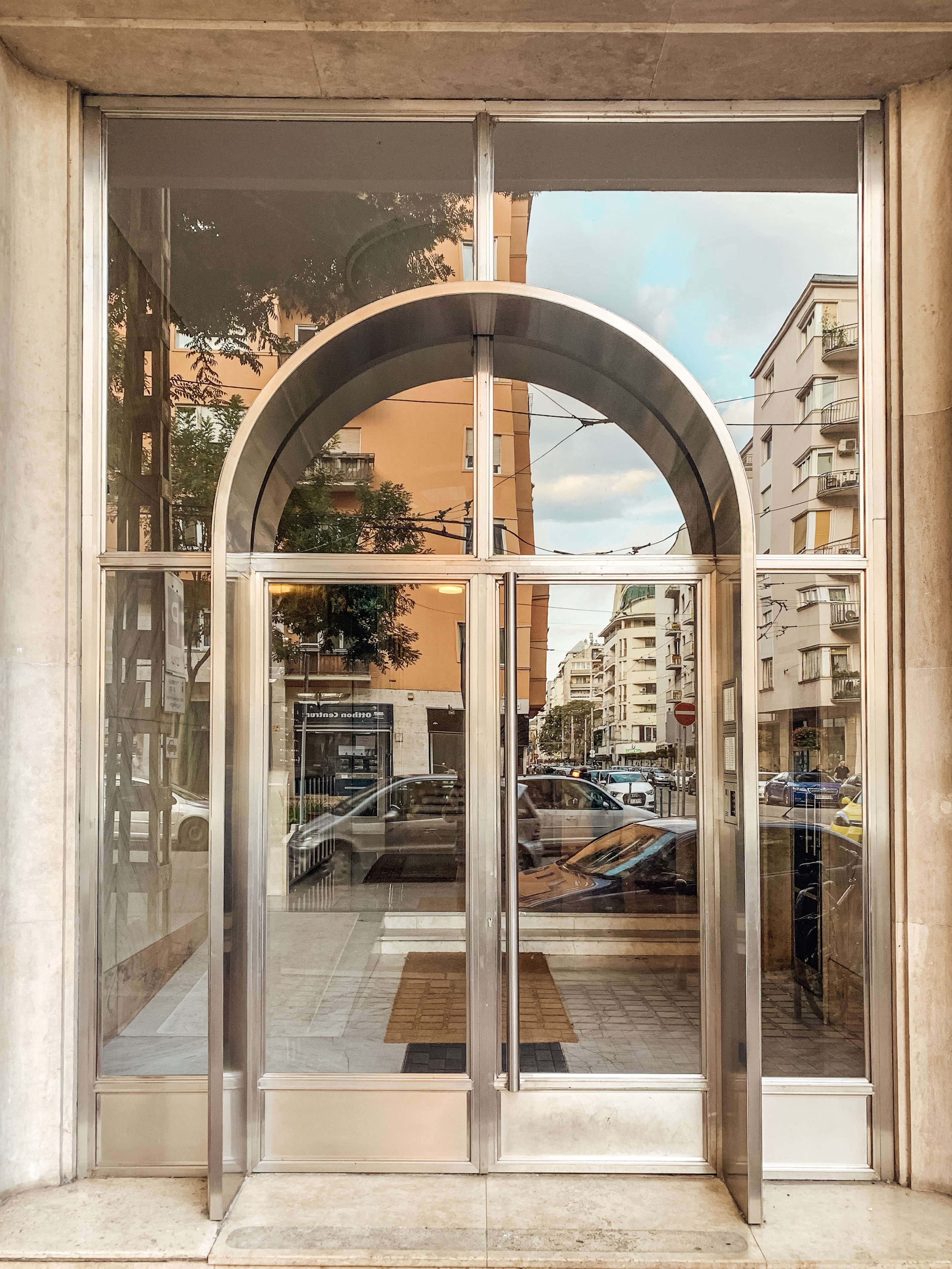From Real to Imaginary
“During the Weimar phase of the Bauhaus, photography was initially used as a documentation and
publication medium before it was established as an artistic field of experimentation, ranging from
the photogram to the photo collage, by László Moholy-Nagy in 1923. Photography only became an
official subject in Dessau in 1929, when it was integrated into the advertising workshop.
Photography at the Bauhaus was mainly associated with figures such as László Moholy-Nagy,
Walter Peterhans, Lucia Moholy and Erich Consemüller […] Under László Moholy-Nagy, photography
was integrated in the general curriculum as an aesthetic phenomenon. ” (PHOTOGRAPHY, 2019).
Considering the context of the influence of the Bauhaus school in the city of Budapest, it seeks to
highlight the nuances that exist between the physical reality and the imaginary field through
modern photographic experimentation techniques idealized by the Painter and Photographer
László Moholy-Nagy. The choice of the site is directly related to subjective aspects of the ambience
and atmosphere of the city that were interpreted and synthesized in an artistic way.
Through personal experiences with the city was identified and chosen a region for the
implementation of this analysis, because it has fundamental structural characteristics for the study.
Budapest has a dynamic urban fabric, in which there are varied architectural styles and
atmospheres, despite being inserted in this fabric, in its scale and materiality, it was observed that
the district XIII differs from the others by its more perceptible modern communication. The
buildings of this area, mostly, have the same architectural language characteristic of the Bauhaus,
and for this reason, the concept fits into this scenario.
This work seeks to abstract and understand the complexity of the composition of layers of the
Bauhaus buildings, experimenting by collage and overlapping techniques, in an attempt to highlight
unusual nuances of elements of the physical and abstract composition of these buildings. From the
perspective of the aesthetic composition proposed by Moholy-Nagy, this artistic interpretation
aims to articulate the different layers that compose the superficial appearance and the ambience
of these buildings, highlighting characteristics such as density, transparency and materiality.
It is possible to create a strong correlation between time, technique and design through an artistic
product. It is important and remarkable the presence of the past through the expression of the final
practical objects despite the use of technologies present today, thus materializing the Imaginary.
The artwork intends to be a collection of images showing the points of views of some existing
buildings of the Bauhaus in Budapest. Analyzes the main spatial characteristics of these buildings,
as objects of study, inserting them in the urban landscape and formulating new standards of graphic
expression and design.
The experimentation is based on concepts and techniques of visual communication, envisioning a
scenario of graphic expression, trying out through abstraction of photographic documentation. The
central objective of this study is to translate the existing set of spatial characteristics in a form of
visual expression.

szerzők
-
Delgado da Silva Bárbara Mylena
Tervező-építészmérnök MSc (angol nyelven)
mesterképzés (MA/MSc) -
Silva Dantas Gabriel
Tervező-építészmérnök MSc (angol nyelven)
mesterképzés (MA/MSc)
konzulens
-
Babos Annamária
doktorandusz, Urbanisztika Tanszék

